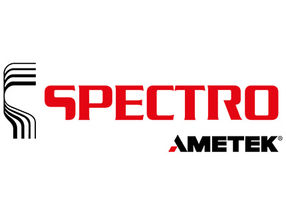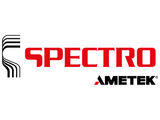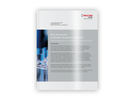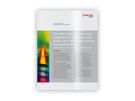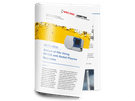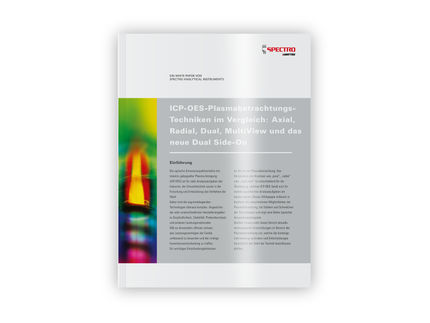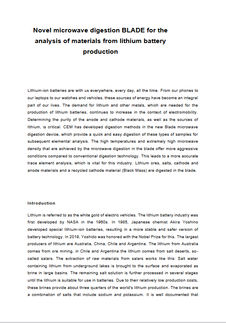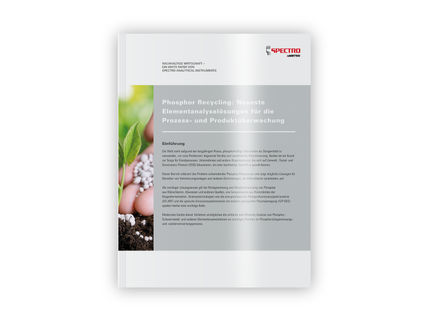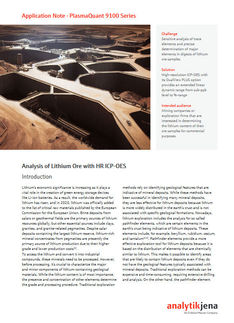Fast Analysis of Waste Water While Eliminating Typical Matrix Interferences Using ICP-OES
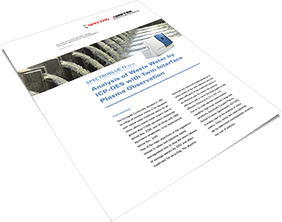
Governmental regulations are in effect in nearly all industrial nations to control the direct release of untreated urban and industrial wastewater. The physicochemical and chemical characterization of the wastewater at the inlet and outlet of the treatment plant is deemed an effective way to control the process and to verify the quality of effluents.
Due to its multi-element determination capability, high linear dynamic range and sensitivity, Inductively Coupled Plasma Optical Emission Spectrometry (ICP-OES) is widely used for wastewater analysis. And using a twin interface option, trace, minor, and major elements can be determined simultaneously, ensuring low cost of analysis.
For this report the SPECTROBLUE Twin Interface was employed enabling accurate determination of alkali and earth alkali elements without the need for ionization buffering using the instrument’s radial mode. Simultaneously, using the instrument’s axial mode, trace elements are detected with high sensitivity.
This report details instrument parameters, line selection and demonstrates the SPECTROBLUE TI’s analytical capabilities in terms of sensitivity, precision and accuracy to perform wastewater analysis.
Download white paper now
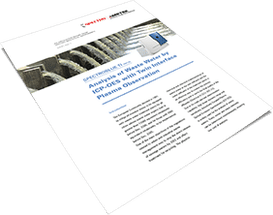
Fast Analysis of Waste Water While Eliminating Typical Matrix Interferences Using ICP-OES
White Paper classification
White papers on related topics
Products on related topics
Webinars on related topics
More white papers on the product SPECTRO GENESIS
See the theme worlds for related content
Topic World Spectroscopy
Investigation with spectroscopy gives us unique insights into the composition and structure of materials. From UV-Vis spectroscopy to infrared and Raman spectroscopy to fluorescence and atomic absorption spectroscopy, spectroscopy offers us a wide range of analytical techniques to precisely characterize substances. Immerse yourself in the fascinating world of spectroscopy!

Topic World Spectroscopy
Investigation with spectroscopy gives us unique insights into the composition and structure of materials. From UV-Vis spectroscopy to infrared and Raman spectroscopy to fluorescence and atomic absorption spectroscopy, spectroscopy offers us a wide range of analytical techniques to precisely characterize substances. Immerse yourself in the fascinating world of spectroscopy!
